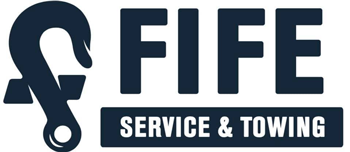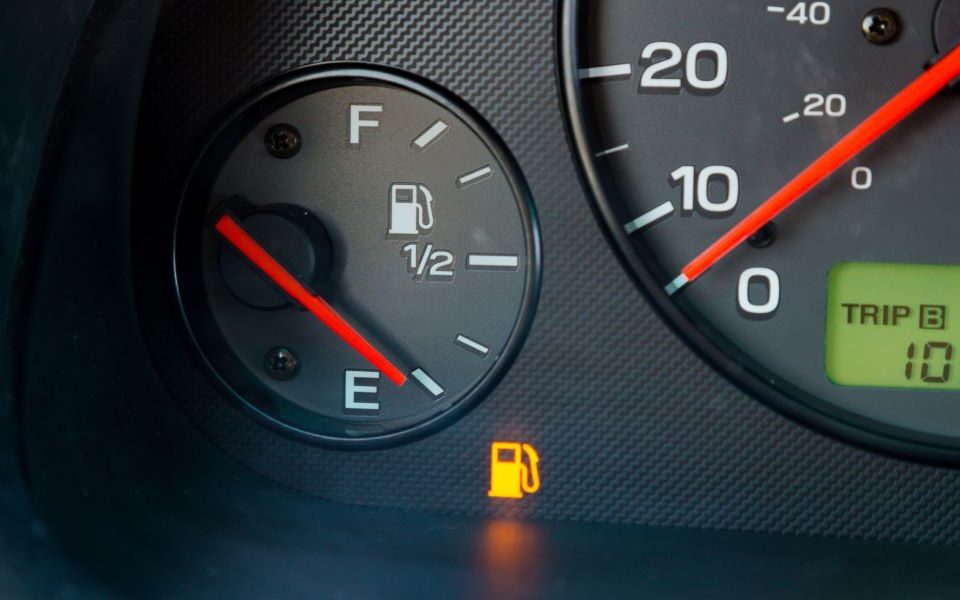- We dispatch 24-hours a day, 7 days a week, 365 days a year!
- Federal Way: (253) 292-6170
- Tacoma: (253) 922-8784
Perform Your Own Automotive Upkeep
Why do Cars Get Impounded?
April 3, 2018What To Do If You Lose Your Car Keys? Available Towing Services
October 5, 2018Take Care of Basic Car Maintenance to Save
Most folks aren’t car experts, and jobs like rebuilding a transmission are beyond their capabilities. Pretty much anyone can learn how to take care of simple tasks without going into a garage. This saves you time and gets you back on the road sooner because you don’t have to wait in the queue at the mechanic’s shop. You’re less likely to have a breakdown if you care for your routine maintenance as soon as it’s due, and that leads to having fewer calls for towing in Lakewood, WA.

Regular Oil Changes Keep You Running Smoothly
While gasoline keeps your car running in the short term, it’s motor oil that maintains the overall condition of your engine. It lubricates the pistons so they work without causing friction and overheating. Your oil works hard and needs to be replaced on a regular basis, as it starts to lose viscosity after extended mileage. You can take your vehicle into a mechanic for an oil change, but it’s something that only takes a few minutes to do at home.
This task requires just a few tools. Depending on what you need, you can pay for the cost of materials with the first change:
- Wrench for removing the filter
- Ratchet to loosen the plug
- Drip pan to catch oil as it pours ouf of the oil pan
- Up to five quarts of new oil
- A pair of portable car ramps for getting under your vehicle if it is too low for a person to fit underneath
Start by getting under your car setting up your drip pan. Slowly remove the plug. It’s a hex nut on the bottom of the oil pan. Make sure to maintain a tight grip on the plug or it’ll fall into a pool of oil. Take off the filter and its gasket. If the gasket is cracked, you’re going to need a new one, so make sure to have a spare on hand before you start this project. It can take a few minutes to for the oil to drain completely, so you can use this time to wipe off the plug nut and get the new filter ready.
Once all of the oil is drained, replace the gasket and put on the new filter, then make sure to reinstall and tighten the plug. Now you can add your new oil. Open up the hood and look for the labeled oil cap. Using a funnel prevents spills and cuts down on wasted oil. Aft that, you’re ready to get back on the road. You can extend the amount of time that you can go between oil changes by using advanced synthetic blends. Always consult your owner’s manual to make sure that you have the right weight of oil for your engine.
Your old oil is an environmental contaminant. You can’t simply pour it down the sink or gutter. Take what you’ve got in your drip tray and use a funnel to pour it into a milk jug. Once it’s full you can take advantage of recycling programs to ensure that it gets disposed of in a responsible manner.
Swap out the Air Filter
The air filter protects your vehicle’s engines by catching particulates and keeping them from entering through the intake. Over time particles can build up and gum up the inner workings of your car. As you accumulate miles, filters load up and lose their ability to allow air to pass through. This leads to your car having to work harder, which in turn shortens the usable life of the engine.
As crucial as the air filter is, replacing it is one of the easiest tasks to complete. Just open up your hood and look for the cover. It’s a black piece that’s held in place with a few clips. You don’t require any tools to open If you can’t find the filter cover, your owner’s manual has a diagram. Once you open it up, just pull out the filter, put in the new one and close the cover back up. Make sure that you hear the cover click into place and give it a gentle wiggle to ensure that it’s secure.
Reduce Wear by Rotating Tires
Depending on the model of your vehicle, the tires in various positions could wear down at different rates. This leads to more frequent blowouts or flats. When they happen while you’re driving, flat tires can cause accidents. Regular tire rotation distributes the load more equally to each tire, extending their life so you can go longer without having to switch them out for new ones.
To rotate your tires, make sure that you’re on a level surface and that you have the parking break engaged. Next, take a tire iron and loosen the nuts on each tire. You want to take them all off before raising the vehicle, otherwise the wheels spin when you try to take the lugs off. Keep the nuts in a bucket or somewhere else that you won’t use them. Next, use a scissor jack or hydraulic shop jack to lift the car up and pull off each of the tires. Now switch the tires so that they’re each one position clockwise from where they were before you started.
Now start reapplying the nuts on their posts. Tighten them by hand until the tires are flat against the wheel. Once this is done you can lower your vehicle. You’re not completely done. Take your lug wrench and tighten each nut again, moving in a “star” pattern to ensure optimal security. Once you have the last lug tightened, you’re ready to drive again.
Replace the Radiator Fluid to Prevent Overheating
Your car’s radiator manages the incredible heat that builds up under the hood. Without the radiator your vehicle would overheat within minutes, leaving you stranded on the road. To ensure that it works properly, change out your coolant on a regular basis.
Before you add new antifreeze, you need to get rid of the old, much like replacing your motor oil. You allow it to drain by catching it in a drip pan after taking off the plug at the bottom of the car. Once it’s totally empty replace the plug and open up the hood. You’re going to be pouring flush fluid into the radiator. Before opening the radiator cap, always make sure that the engine is completely cool. Escaping vapor can cause painful burns.
Once you have the flush fluid installed, turn on your car and let it run with the heater on maximum for about 10 minutes. After that you can drain the flush fluid, remembering to let the vehicle cool down. It’s now ready for your coolant. Just like oil, antifreeze and coolant need to be recycled.
Regular maintenance can give you peace of mind while you’re driving. Even so, accidents can happen from time to time. When you’re driving in Woodlake, Washington or the surrounding areas, Fife Service & Towing to come pick you up whenever you need it.



